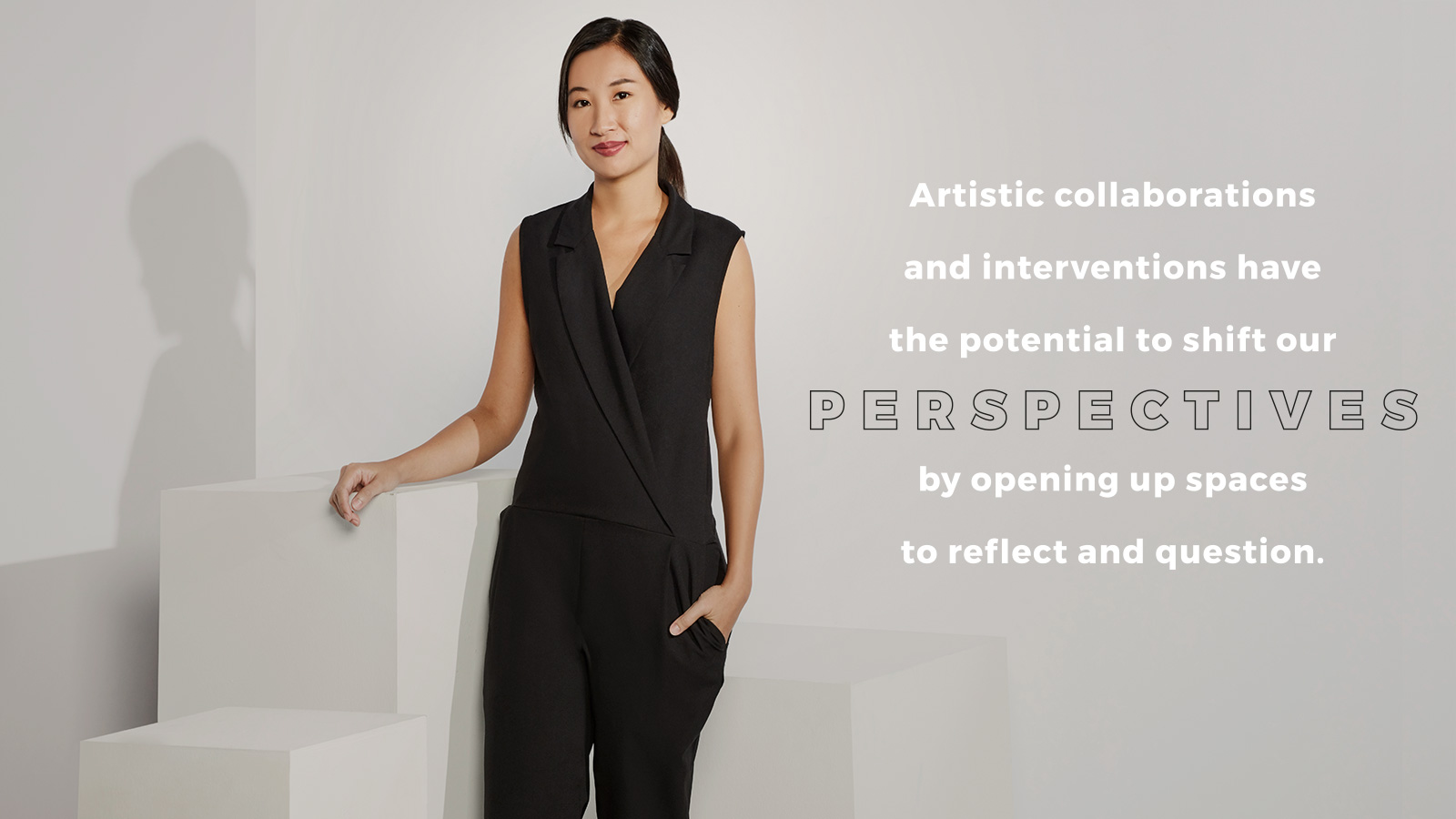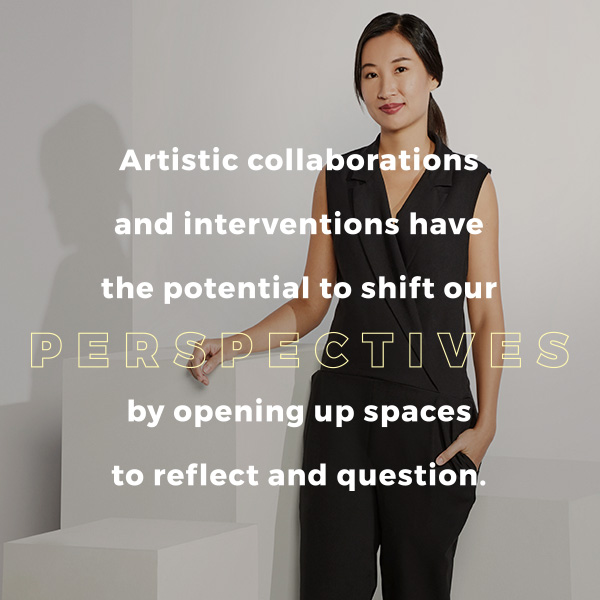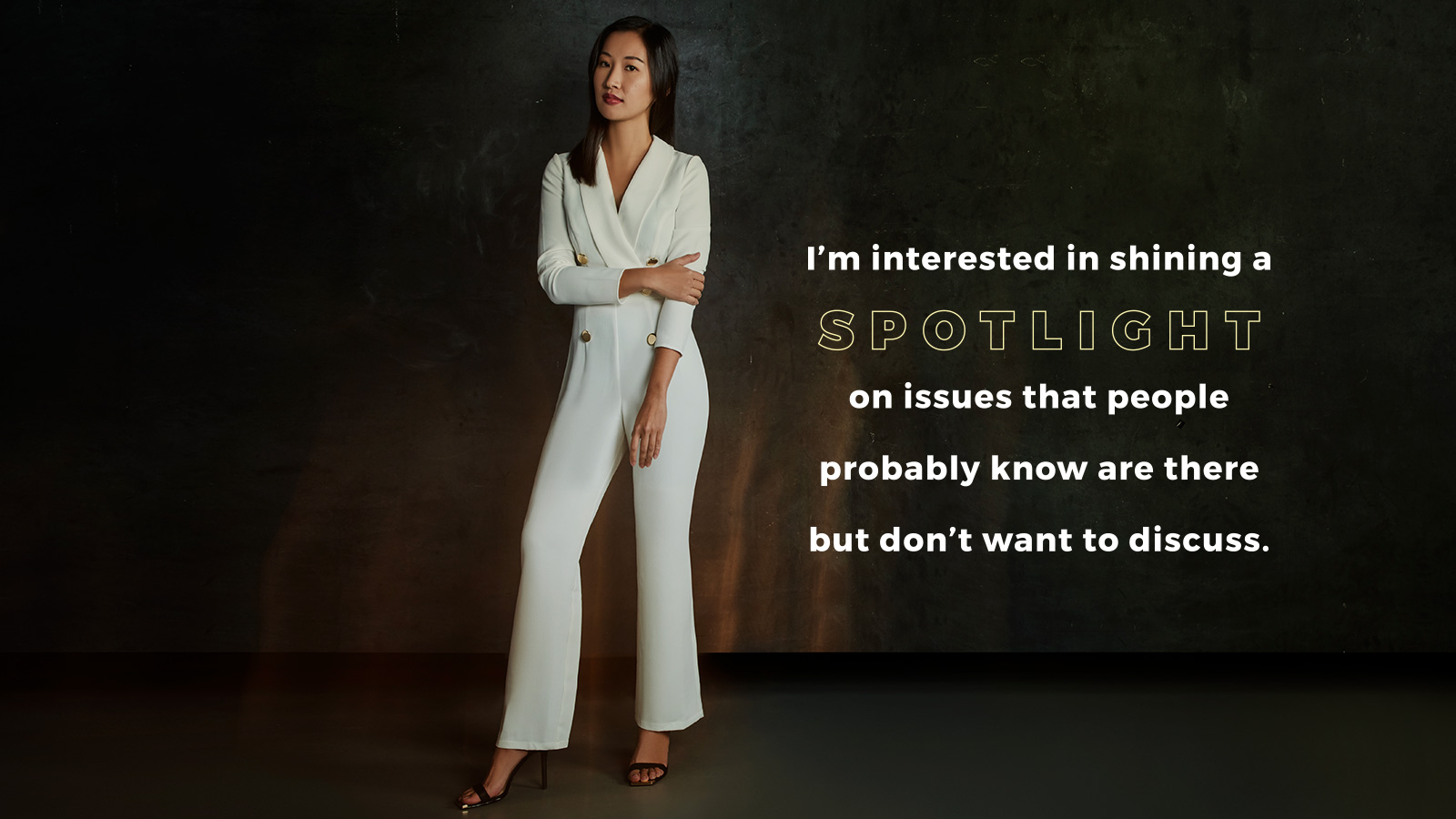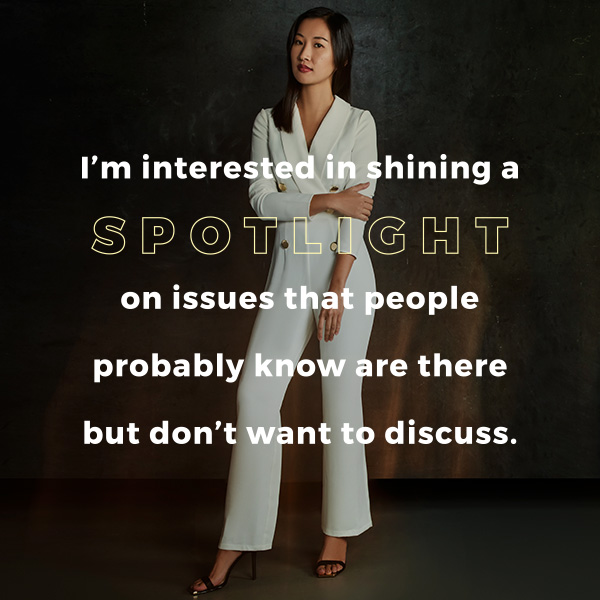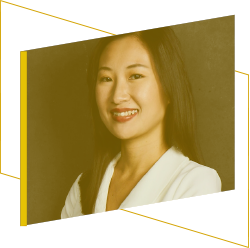MAKING THE ‘INVISIBLE’ VISIBLE
Alecia’s desire to address social inequality and effect change in the community in Singapore didn’t come to her overnight. It was a slow, gradual process that stemmed from her own family background and observations of people around her as she was growing up. As the middle child in a working-class family, Alecia was made aware of the struggles faced by her father at an early age. As a teen, she watched how her parents dutifully took on the role of caregivers for family members and witnessed the strain it put on them. She also saw first-hand the effects of mental health issues, stress and isolation on others close to her as they struggled to cope. “Seeing what went on around me taught me a lot about inequality and what that can do to a person and his or her choices,” she says. “Some people really have to fight very hard to make something of their lives with what was dealt them.”
While learning photography as part of her course at university, she turned her lens on human-centric subjects, creating portraits of the underprivileged and HDB-dwellers isolated from mainstream society. “There’s another side to how people live in Singapore. I wanted to expose audiences in the gallery world to that,” she explains. It’s a creed that Alecia believes in, and one she hopes more young artists will be inspired by. You can see it in her community-based art projects, like the recently-concluded Both Sides, Now installation, which was open to the public and took place at an HDB void deck in Telok Blangah. Comprising works by Alecia and other artists together with the block’s residents, the project focused on the lives of the neighbourhood’s old folks and what it means to live well. “We work in small ways, through intimate interactions, but I think that makes it more accessible. Once you really start to hear someone’s story, there’s no way you can dismiss the person anymore. To put a human face on issues — that’s what our projects are trying to do,” she says.












